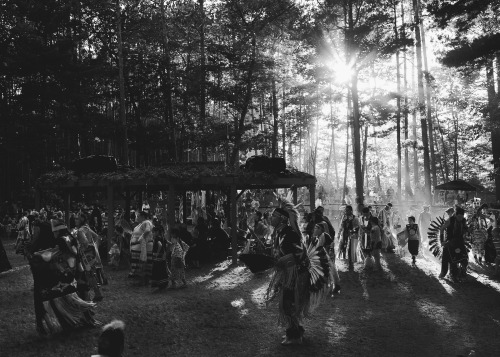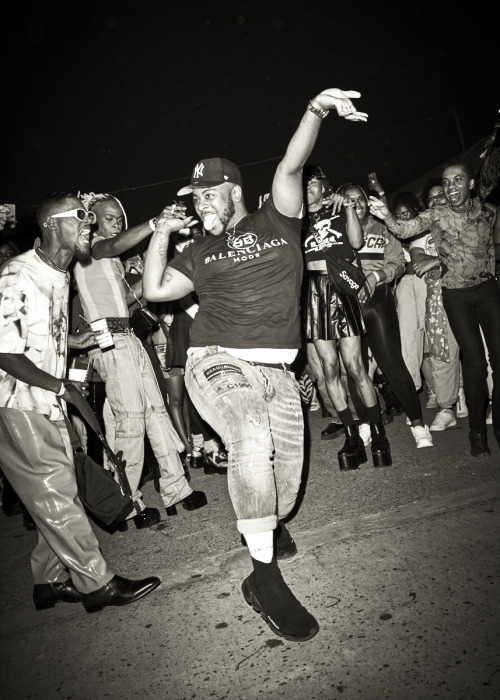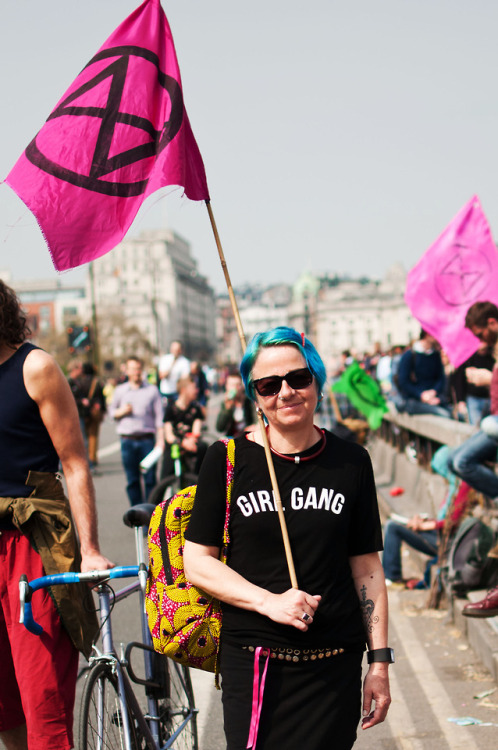#photo documentary
James Whitlow Delano: Young Tibetan man holds tiger paw for sale in Qingping Market, Guangzhou, 2009.
The region’s increase in wealth has driven up demands for illegal tiger parts, which are used in traditional Chinese medicine. The World Wildlife Fund estimates that globally, there could be as few as 3,200 tigers left in the wild. On the day this photo was taken, more than 25 tiger paws were laid out for sale on the sidewalk market at midday.
From James Whitlow Delano’s Growthseries
Post link
Honoring the Ogitchidaag
What I love most about the pow wow on my reservation is that we all gather deep into the woods. It is a beautiful woodland ceremony, on ancient sacred land.
Post link






APPLE TREES / RAW MINERALS






G A L I C I A
I remember this moment well. Not one week into our third roadtrip, still giddy with the highs of freedom, we had just entered the French Alps. It was our plan to cross the length of the Alps in their 1,200km entirety, a feat we were not sure had been accomplished yet by road.
Except our van was beginning to make some worryingly loud noises as we decelerated down a hill, and we rolled into the town of Briançon with our first bout of breakdown anxiety.
It was here in the confines of a LIDL carpark that we identified a propshaft issue, but, unable to find a French mechanic who was willing to work on a weekend, we pressed on.
We spent a chilly but scenic night at just shy of 2,000m high on the shores of Lac du Mont-Cenis then pushed on toward Italy in the morning. Shortly after crossing the border however, the noise was now a permanent feature and a growing concern, until finally we pulled over and phoned for a recovery truck outside an Italian cafe. We spent five hours here waiting for rescue, drinking espresso, chatting with the locals in my best Italian, then finally succumbing to boredom and heat fatigue as we baked in the sun at the roadside.
After a good long while we were taken down the mountain on the back of a tow truck and it was just like the good old days, as though we’d never left the continent in our (t)rusty LDV. We were offered a hotel and help with the repair bill by our breakdown company, but I insisted we stay with the van. Much to everyone else’s chagrin we three spent a cold, miserable night confined to our quarters in the garage courtyard, dreaming of the hot shower and comfy bed we could’ve had.
But I knew I was right in my decision, and if three years of travelling thus far had taught me anything it was this: the van was our comfort, our safety, our home. When she stops we stop, and where she goes we go.
~ This image was created as part of our “Transient” travelogue project. ~ Stepping away from the Instagram frivolities and fakery, “Transient” serves as a close and intimate portrayal of our lives in an attempt to remove the romanticism of travel and capture a raw and honest self-documentary inspired by the images and stories of the new age travellers of 1980’s Britain.You can view the full project and others over on our website lbjournals.com.
Post link
Join us as we embark on a journey to reach one of Albania’s most remote villages, nestled within the mysterious Accursed Mountains.
In this episode we explore the mountainous wilds of Northern Albania. Setting off at sunrise, we struggle with the hostile terrain over four hours of intense hiking, accompanied by our guide, before reaching the small village of Mregu. Cut off from the rest of the country, this village is home to only a handful of residents, lying around 3 hours from the nearest city with no road access.
Here we meet one of the village’s last remaining residents, who welcomes us into her home and shows us her way of life. We learn about the challenges of remote mountain living, how to live entirely self-sufficiently, and about the depopulation of this incredible area as Albania speeds into the 21st century.
We conclude this episode with a stay by the incredible Komani Lake, an intense lightning storm and some crazy driving through the city of Shkodër as we make plans for our final days in Albania.
Join us in this mini documentary as we discover a unique way of life hidden within the Albanian Alps, on YouTube NOW!
If you enjoyed the video please don’t forget to Share, Like and Subscribe, or consider joining us on Patreon to help us keep on creating content
Big thank you to @undyingheads for the music, make sure you check them out!
Photo essay available to view over on our lbjournals website

, , , …
Our boots crunched over loose, rocky scree and a vertical incline that threatened to topple us over at any minute. The track we were following was unlike anything we’d hiked before; less a path and more a trail carved out by the resilient villagers who lived at the top of this mountain.
We had journeyed to the Northernmost corner of Albania until the road could take us no further; here we left the van and met our guide who would take us to meet the villagers living in some of Albania’s most remote regions, places only accessible on foot or by mule.
At this altitude in the Albanian Alps there was no vegetation, nothing to suggest this area would support life; the closest thing to trees were the makeshift poles supporting a thin electricity wire than ran from the bottom of the valley to the peak above us. We followed the path arduously, gasping for breath and legs screaming in protest while our guide, who’d been traversing these mountains since he learned to walk, sailed ahead of us.
Men twice our age passed us with ease, taking their mules to the top to fetch hay, and we doubted whether we’d ever make it to the end of this 2km near-vertical climb.
But then, mercifully, the ground began to level out, and a luscious green pasture spread out before us, covering the plateau. This was the last place on earth we’d expected to see people living, yet unbelievably a dozen or so houses were spread out across the vast fields where horses and sheep grazed.
It took another hour or so to reach a homestead which looked like it might be inhabited; many of the rest were crumbling ruins, long abandoned as their owners headed for the city. A middle-aged woman greeted us at the door, wearing a white head scarf and modest clothing; she was clearly surprised and excited to have visitors. She immediately invited us inside for coffee, and set about pouring glasses of rakia from a bottle shaped like a crucifix.
We were in awe of her home, which was furnished with beautiful polished wood items and an ornate wood burner in the center. We inquired how she had managed to get it up here, and she recalled hauling it up the same track we had taken, carrying it on sticks along with her husband on their shoulders. The same would’ve been true for every item of furniture in their house, making this otherwise ordinary house suddenly look quite impossible.
After drinks, Age (Aga) happily showed us around her property; she had vegetables and dried mountain herbs in her larder, dried cuts of meat in her barn. She kept sheep for their milk, churned this by hand to make butter, and knitted clothes and rugs from their wool. Her water came from a spring and her income came from raising cattle. Every part of her life was fascinating to us; our minds boggled at the length and difficulty of the journey we had taken, hours from the nearest city with amenities, right up to this woman’s house that would be ordinary if not for its exceptional location atop a mountain.
It was still incomprehensible, even though we’d completed the journey ourselves, and we imagined her and her husband making their monthly trip to Shkodër then hiking back up the vertical path with their supplies; it was a world away from simply visiting the supermarket. From this vantage point we could see dozens more houses scattered across the mountains in even more unlikely places, and we were curious whether anyone still lived in them and what their stories were.
We said goodbye to Age, who still had much work to do before the sunset, and began our painstaking journey down the other side of the mountain left in complete and total awe.
This is an excerpt from an ongoing documentary project about the residents of the Albanian Alps, one of the most inaccessible regions of Europe. The video of this adventure will be out on YouTube on Sunday, and the full photo essay will be available to view on @lbjournalssoon.













